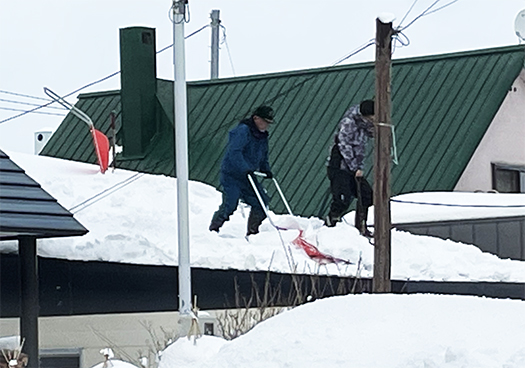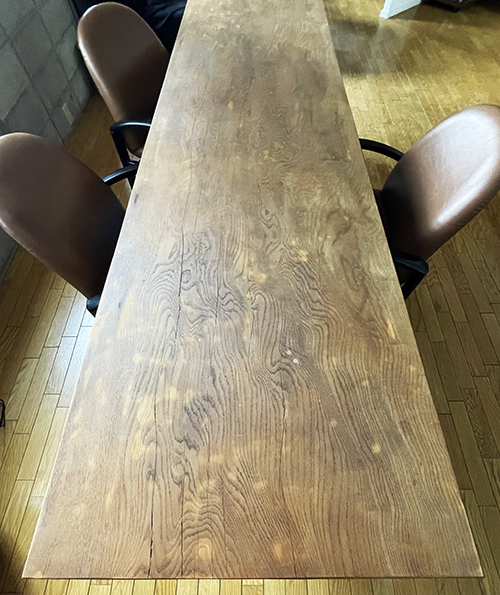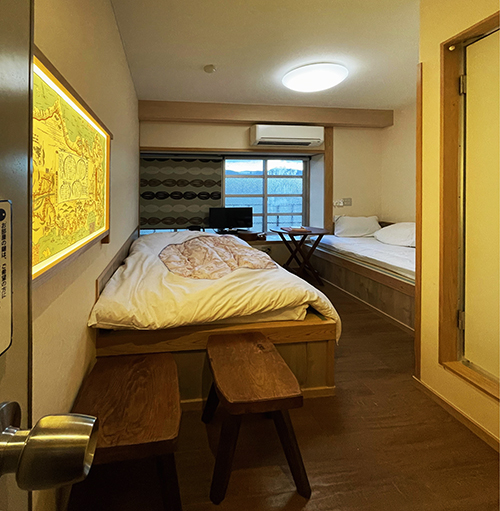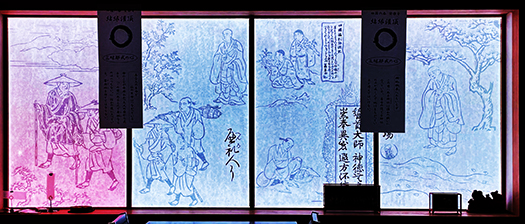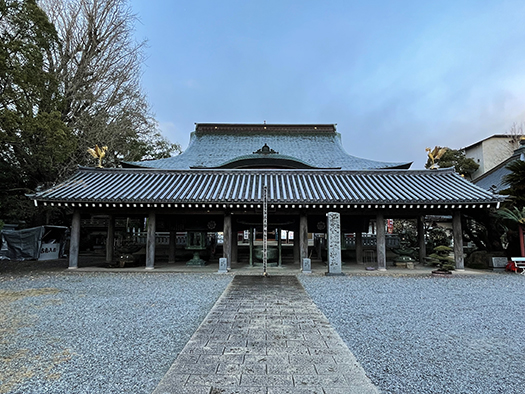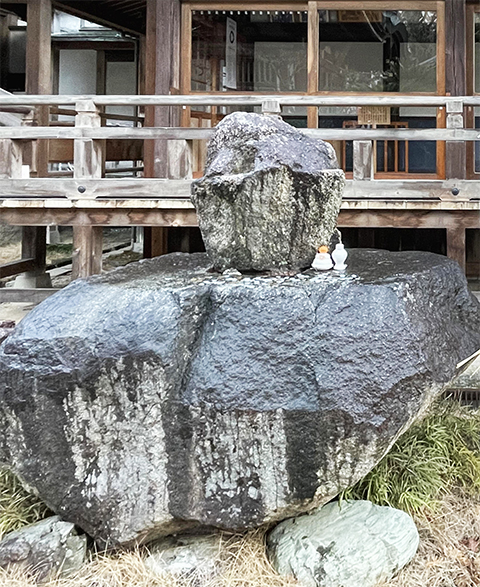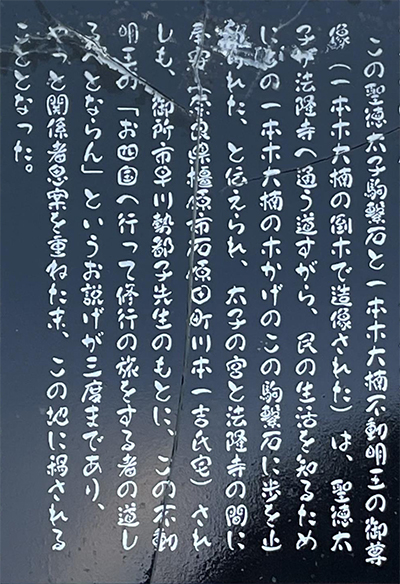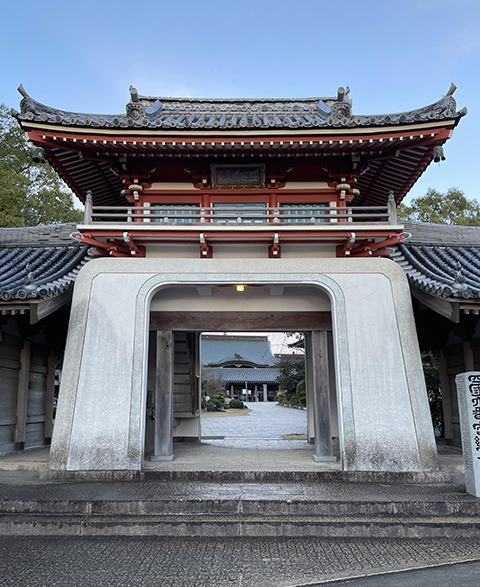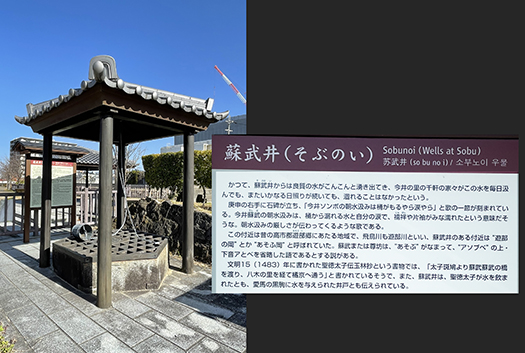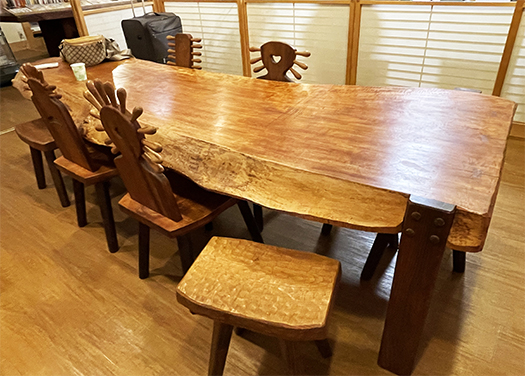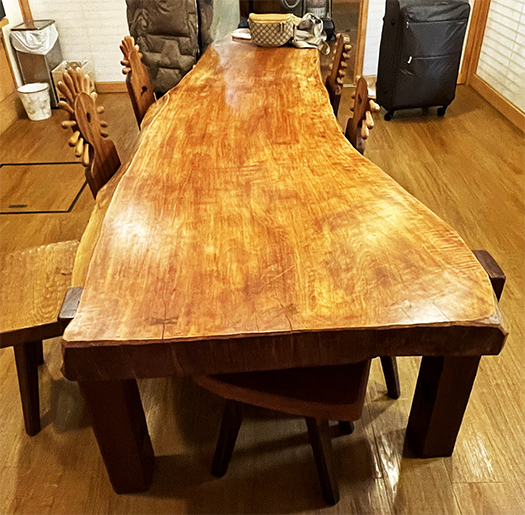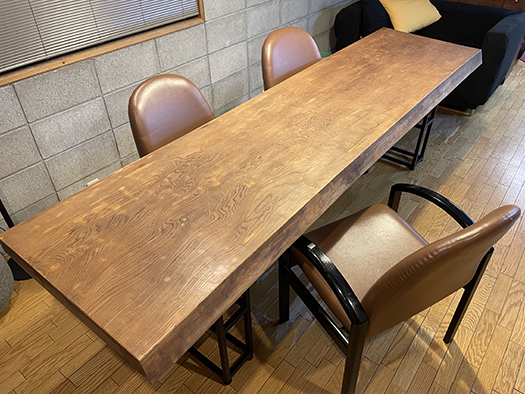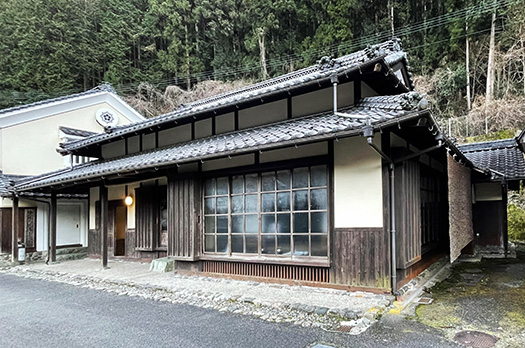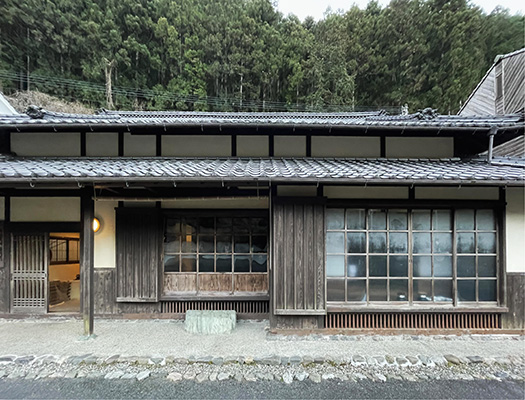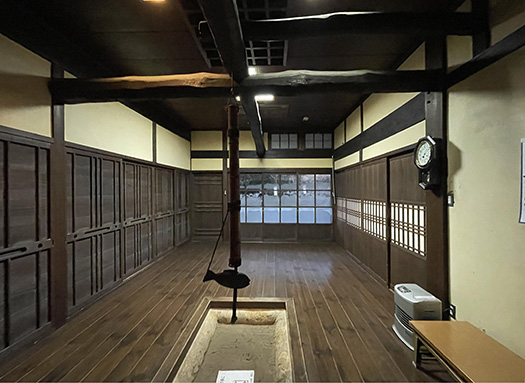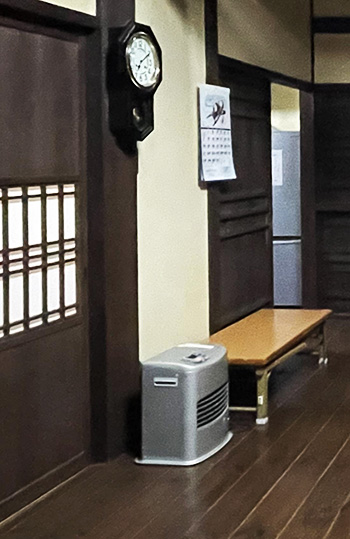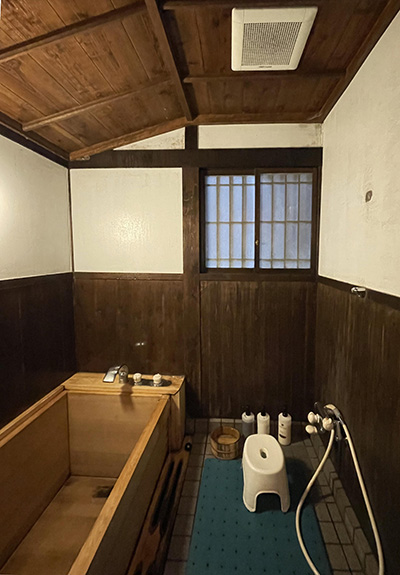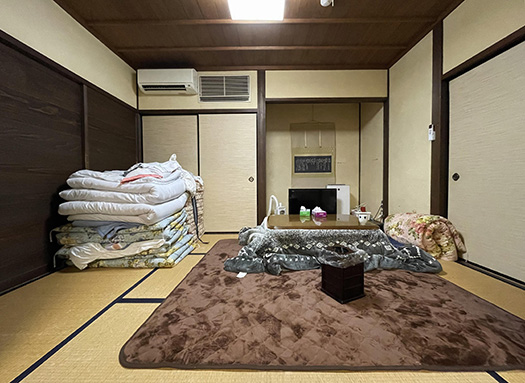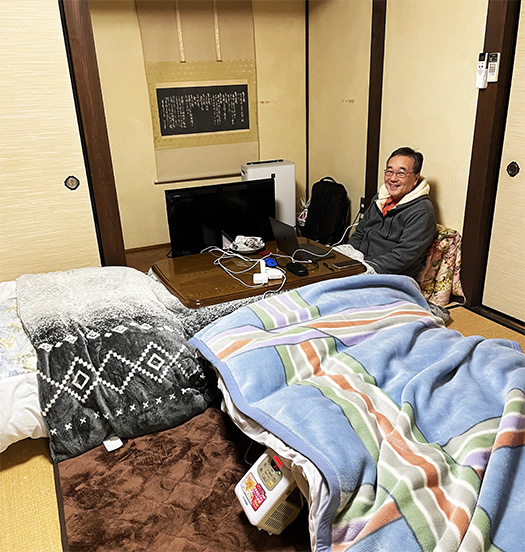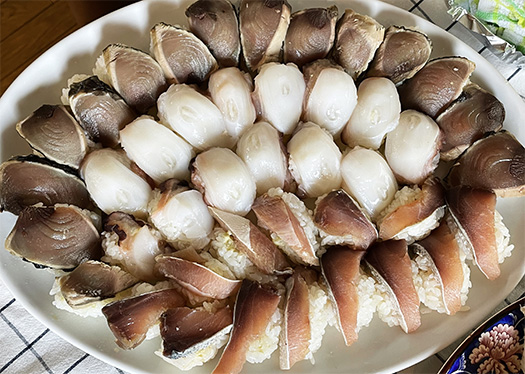
どうもEVにとって決定的な一撃のような気がする。
あのAppleが自動運転車・EV開発から撤退する決定をしたと欧米メディアが相次いで発表している。BBCニュース2024年2月28日より。<写真はスクショ>
〜米アップルが電気自動車(EV)開発から撤退したもようだ。米メディアが27日関係筋の話として伝えた。アップルのEV開発への参入は10年ほど前に話題になったが、同社はこれまで正式に認めたことはない。開発プロジェクトには2000人ほどが関わっていたとされている。ブルームバーグ通信によると、その多くは今後、社内の人工知能(AI)部門に移るという。BBCはアップルにコメントを求めているが、現時点で回答はない。〜
北海道のような寒冷地では冬場に、場合によっては命にも関わるようなリスクのあるEVという移動交通の選択肢はあり得ないと思ってきた。2021年11/27には、【北海道・寒冷地とEV自動車、エネルギー問題・・・】というブログ記事もアップしたことがあります。
クルマという移動交通手段については、それこそわたしの人生時間のほぼすべてで関与せざるを得なかった。ほんの一時期公共交通手段が猛烈に発展している東京生活時期を除いて。モータリゼーション革命の時代にもろに遭遇した世代なのでしょう。高齢になっても、この「移動の自由」だけは基本的人権にも関わっているレベルの事柄だと思って生きてきた。
その自由の領域での地殻変動的な出来事として、EVという選択肢について注目してきていた。寒冷地人間としては、人口多数派の温暖地域が選択する工業進化の方向性について、市場原理の趨勢に対してその合理性には留意しなければならない。市場がある方向を向くのであれば、その社会的決定には従わざるを得ないのが現実。
そういう市場動向観察で表題のApple社は一種の「風見鶏」のような存在。たしかに「自動運転」という果実が現実化するのであれば、充電インフラを含めて対応せざるを得ないとも考えていた部分があった。そのAppleがそれまでの開発投資を「損切り」するというに等しい決定。
もうひとつの人生時間要素として、パソコン文化という文化革命も経験してきて、企業としてのApple社には強い「同時代性」も感じている。仕事環境はほぼ同社製品主体の生活。・・・まぁ同社のジグザグぶりに翻弄されていた側面もあるけれど(笑)。
今回の報道でわたし自身はまったく吹っ切れて、一択決定した。
そういうなか、札幌の街をクルマで走っていて「BYD」という店舗看板を発見。すごい、北海道で挑戦するんだと驚愕していた。日本の寒冷地で市場性はあると考えているのだろうか?
English version⬇
[Apple withdraws from EVs. The market is showing its intention of NO-EV.
Driving in Sapporo city, I found a signboard of “BYD”. While I strongly sympathize with Apple’s decision to “cut its losses”, this one…
Apparently, this seems like a decisive blow for EVs.
From BBC News, February 28, 2024.
It appears that the U.S. company Apple Inc. has withdrawn from the development of electric vehicles (EV). The U.S. media reported this as a related source’s story on the 27th. Apple’s participation in EV development became a hot topic about 10 years ago, but the company has never officially acknowledged it. It is said that about 2,000 people were involved in the development project. According to Bloomberg, many of them will be moved to the company’s in-house artificial intelligence (AI) department.
I’ve always thought that in a cold region like Hokkaido, in the wintertime, EVs, a mobile transportation option with risks that could be life-threatening in some cases, is not a viable option…on 11/27/2021,I have also posted a blog article titled “Hokkaido, Cold Regions, EV Cars, and Energy Issues…”.
I have had to be involved in the car as a means of transportation for almost all of my life. Except for a brief period when I was living in Tokyo, where public transportation was developing at a furious pace. I guess I am of the generation that experienced the motorization revolution. Even at my advanced age, I have lived my life thinking that this “freedom of movement” is a matter of fundamental human rights.
I have been paying attention to the EV option as a tectonic event in the realm of this freedom. As a person from a cold region, I have to keep in mind the rationale for the direction of industrial evolution chosen by the majority of the population in warmer regions, in relation to the trend of market principles. If the market is going in a certain direction, we have no choice but to follow its social decisions.
In this observation of market trends, Apple is a kind of “weathercock. Indeed, there was a part of me that thought that if the fruits of “self-driving” were to become a reality, we would have no choice but to respond to it, including the recharging infrastructure. The decision was tantamount to Apple “cutting its losses” on its previous development investments.
As another life time element, I have experienced the cultural revolution of the personal computer culture, and I feel a strong “contemporaneousness” with Apple as a company. My work environment is almost entirely based on Apple’s products. I have been at the mercy of the company’s zig-zagging ways (laugh).
The news report has completely blown my mind, and I have decided to choose one of them.
Driving through the streets of Sapporo, I spotted a store sign that read “BYD. I was astonished to see that they were taking on a challenge in Hokkaido. Do they think they have marketability in the cold regions of Japan?
Posted on 3月 6th, 2024 by 三木 奎吾
Filed under: 「都市の快適」研究 | No Comments »


